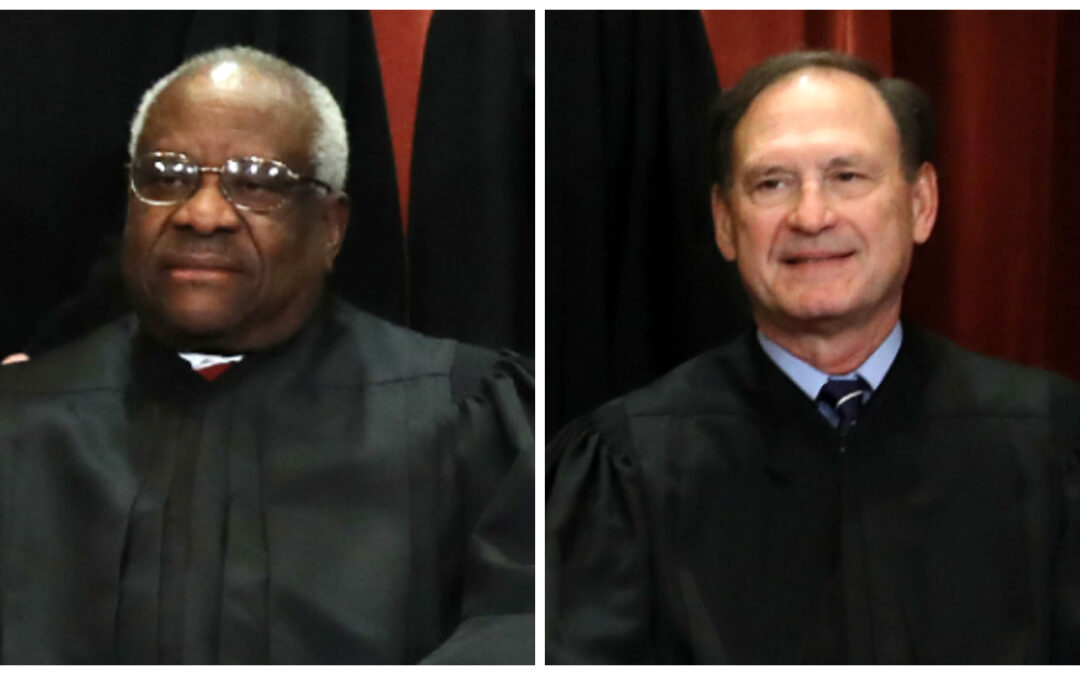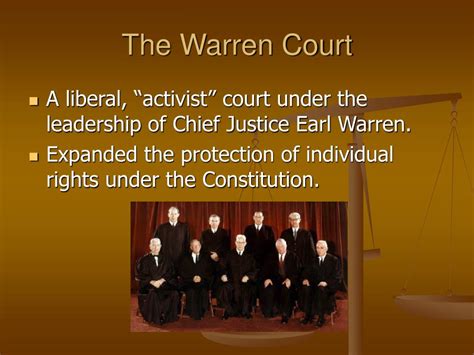 The above quote – “to hell with democracy” –– comes from a clip in a new movie, Bad Faith: Christian Nationalism’s Unholy War on Democracy. (A link is provided near the end of this blog.) The words are spoken passionately, from a deep conviction that...
The above quote – “to hell with democracy” –– comes from a clip in a new movie, Bad Faith: Christian Nationalism’s Unholy War on Democracy. (A link is provided near the end of this blog.) The words are spoken passionately, from a deep conviction that...
 Don Mayer, July 3, 2023 The U.S. Supreme Court has wrapped up its 2022/23 agenda with the usual array of arresting (and sometimes controversial) opinions, including a notable set-back for affirmative action in the Students for Fair Admissions v. Harvard case. What’s...
Don Mayer, July 3, 2023 The U.S. Supreme Court has wrapped up its 2022/23 agenda with the usual array of arresting (and sometimes controversial) opinions, including a notable set-back for affirmative action in the Students for Fair Admissions v. Harvard case. What’s...
 As a member of a teenage Republican club in the early 1960s, I met several “Young Americans for Freedom” (“Yaffers”) and John Birch Society members. The JBS opposed the civil rights movement and believed the U.S. was in dangerous “moral decline,” railing against...
As a member of a teenage Republican club in the early 1960s, I met several “Young Americans for Freedom” (“Yaffers”) and John Birch Society members. The JBS opposed the civil rights movement and believed the U.S. was in dangerous “moral decline,” railing against...
 The Supreme Court of the United States –– SCOTUS, for us legal junkies –– has people pretty riled up these days. In one memorable week in June, SCOTUS declared that the public carrying of a gun was a fundamental constitutional right that states must not interfere...
The Supreme Court of the United States –– SCOTUS, for us legal junkies –– has people pretty riled up these days. In one memorable week in June, SCOTUS declared that the public carrying of a gun was a fundamental constitutional right that states must not interfere...




